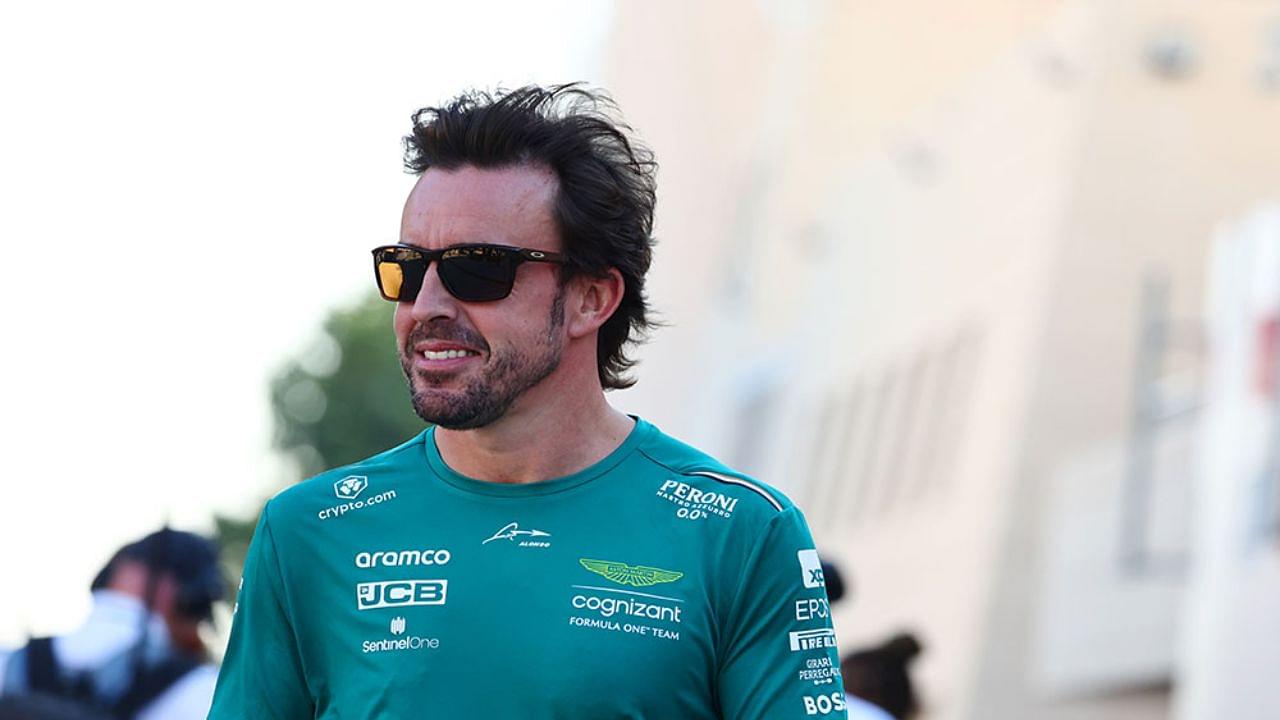Fernando Alonso, a veteran of the F1 circuit, has left his mark on the sport in more ways than one. Known for his flashy victories, smooth moves on and off the track, and his rebellious persona, Alonso has adorned his body with a series of tattoos.
As one of the bad boys of Formula 1, Alonso’s tattoos are a testament to his free-spirited nature and his unwillingness to conform to societal norms. While his tattoos may not be as obvious as some of his peers, such as Lewis Hamilton or Daniel Ricciardo, they are nonetheless a defining feature of his personal brand.
From a samurai warrior symbolizing his tenacity to representing his Spanish heritage, each tattoo on Alonso’s body tells a unique story and serves as a reminder of the things that drive him. And while his tattoos may be less visible than others, they are no less significant in showcasing his rebellious spirit both on and off the track.
Fernando Alonso samurai tattoo
A bold statement adorns the upper back of Fernando Alonso, in the form of a striking samurai tattoo. With Japanese characters accompanying the artwork, the larger design is reportedly influenced by the Hagakure, a spiritual guide penned by Yamamoto Tsunetomo – a revered 18th-century samurai.
Did you know Fernando Alonso has a tattoo of an ancient Samurai on his back.
The Spanish driver once said he uses it as a reminder of who he is and the strength he possesses ⚔️ pic.twitter.com/4jVfwo75Bo
— ESPN F1 (@ESPNF1) March 23, 2023
As an athlete known for his tenacity and unwavering focus, it’s no surprise that Alonso found inspiration in the teachings of the Hagakure. The samurai tattoo serves as a reminder of the warrior spirit that Alonso embodies both on and off the track, and the accompanying characters add an extra layer of meaning to the piece.
The Richard Mille RM 47 Tourbillion “The Time of the Samurai”came about from a conversation between Richard Mille and the 2x Formula 1 world champion and brand partner Fernando Alonso.
Limited to 75 pieces. pic.twitter.com/uNuSr540hR
— Vincenzo Landino (@vincenzolandino) April 5, 2022
Recently, he had explained, “[the]tattoo is a way for me to remember who I am, where I come from and the strength I possess.”
Despite being hidden from view during races, the samurai tattoo is nonetheless a powerful symbol of Alonso’s commitment to his craft and his willingness to push boundaries both in racing and in life.
Cross on the wrist
In a departure from his larger, more intricate design, Fernando Alonso has also opted for a smaller yet no less meaningful tattoo, prominently placed on his wrist where it will be easily visible in warm weather and short-sleeved shirts.
The tattoo is a tribute to Alonso’s homeland of Asturias, featuring the Victory Cross – a beloved emblem of the community. While smaller than some of his other tattoos, the Victory Cross is no less significant in its representation of Alonso’s pride in his heritage and the bond he shares with his fellow Asturians.
Fernando Alonso's 100th podium has been confirmed after his penalty was overturned 👏
The Spaniard is now the 6th Formula 1 driver to achieve 100 podiums ! pic.twitter.com/wZ3bb8P38A
— Motorsport.com (@Motorsport) March 19, 2023
As a professional athlete constantly on display, Alonso’s tattoo serves not only as a personal statement but also as a nod to his roots and the community that has supported him throughout his career.
While these are his more prominent and iconic pieces, the double champ has also has a lesser-known compass on his hip, one that he flaunted on a recent trip to Mykonos with his girlfriend.
An icon of the sport, the now oldest driver, is as youthful as ever. Finally, stepping back on the podium at the age of 41, the Samurai mentality of the driver has been as apt as ever.



